Exploring Natural Food Coloring Alternatives
Natural food coloring alternatives encompass a broad and vivid array of additives that bestow color upon an extensive variety of consumables. Extracted from sources like fruits, vegetables, and spices, these colorants are employed by food producers, pastry chefs, and culinary experts to augment the aesthetic allure of their offerings. The chief aim of natural food coloring is to furnish a wholesome and innocuous substitute for synthetic dyes, which may pose risks to human well-being and the environment.
The efficacy of natural food colorings resides in their capacity to replicate the shades generated by synthetic counterparts without compromising the flavor or consistency of the end product. This feat is accomplished through the presence of naturally occurring compounds in plant-based foods, such as anthocyanins, chlorophyll, and beta-carotene. These substances not only lend color but also enhance the nutritional value of the consumables they tint.
For entities within the food sector, especially those prioritizing health and wellness or championing organic and natural goods, natural food colorings present an opportunity to satisfy consumer predilections for products deemed pure and of superior quality. These enterprises can leverage natural food colorings to distinguish their merchandise in the marketplace, cater to health-aware patrons, and align with the burgeoning clean-label trend.
Varieties of Natural Food Coloring Alternatives
The spectrum of natural food coloring alternatives is richly diverse, with each variant offering distinct attributes and applications. Below are some prevalent types:
-
Anthocyanins: Water-soluble pigments present in items like berries and grapes, anthocyanins provide red, blue, or purple hues and are frequently utilized to naturally tint foods and drinks, while also offering potential health advantages as potent antioxidants.
-
Carotenoids: These pigments, including beta-carotene, bestow a yellow or orange tint. Found in carrots and tomatoes, carotenoids are commonly used as natural colorants in a gamut of products from orange juice to ketchup.
-
Chlorophyll: The agent behind plants' green pigment, chlorophyll is harnessed as a colorant in edibles. It enjoys popularity in health-centric items such as green tea ice cream or as a natural breath freshener.
-
Curcumin: Derived from turmeric, curcumin is celebrated for its bright yellow shade and is utilized both as a colorant and for its potential health merits as an antioxidant and anti-inflammatory agent.
-
Beetroot Powder: Offering a rich red color, this natural coloring is perfect for crafting red velvet cakes or substituting synthetic red dyes in various applications.
Selecting Natural Food Coloring Alternatives
In choosing natural food coloring alternatives for commercial purposes, several factors must be considered:
-
Application: The intended application of the coloring is critical. Whether it is for pastries, beverages, or sweets will dictate the most appropriate form. For example, a powdered variant may be more suitable for dry mixtures, while a liquid form could be ideal for certain drinks.
-
Color Stability: The colorant's ability to maintain its color through processing and storage is vital. Certain hues may be more prone to fading when exposed to light or heat.
-
Flavor Profile: The flavor preferences of the target demographic should be taken into account, as some natural colorings may impart a distinctive taste that could either enhance or detract from the final product.
-
Regulatory Approval: It is essential to verify that the chosen natural food colorings are in compliance with local regulations and can be utilized without restrictions.
-
Labeling Requirements: Ascertain whether there are specific labeling protocols to follow, particularly if certification for organic products is sought.
Companies should also weigh these considerations when sourcing natural food coloring alternatives on Alibaba.com to ensure they procure a product that aligns with their specific requisites and consumer preferences.
About Natural Food Coloring Alternatives on Alibaba.com
For those in search of a trustworthy supplier of natural food colorings, Alibaba.com emerges as a premier marketplace that connects businesses with an extensive array of vendors offering a wide selection of options. Alibaba.com's vast network, reaching over 190 countries and regions, enables businesses to find nearly any type of natural food coloring needed to fulfill their customers' desires.
Alibaba.com streamlines international commerce with features that facilitate mobile purchasing and multilingual communication—indispensable tools for buyers who frequently operate while mobile. Moreover, services such as Trade Assurance provide reassurance by protecting payments until orders are completed to the buyer's satisfaction.
Businesses in pursuit of premium natural food colorings will discover Alibaba.com to be an invaluable asset that not only provides variety but also assures that vendors are authenticated for genuineness. This dedication to quality and reliability positions Alibaba.com as a prime platform for procuring commercial-grade natural food colorings with no compromise on dependability or ease of use.
Common FAQs for Natural Food Coloring Alternatives
What are the most prevalent natural food coloring alternatives for businesses?
Beetroot red, turmeric, and spirulina stand out as the most widely used natural food colors in the industry, each offering a vivid pigment and plant-based origin.
How can I ascertain the quality of natural food coloring alternatives?
To ensure the quality of natural food coloring alternatives, seek out products that boast organic certification and are devoid of synthetic additives. Additionally, opting for a high standard such as food grade can be indicative of quality.
Are there natural food coloring alternatives suitable for specific dietary requirements?
Certainly, there are natural food coloring alternatives tailored to meet specific dietary needs, including gluten-free or vegan options. It is crucial to confirm these claims with the supplier.
Can natural food coloring alternatives be applied to all types of food products?
Natural food coloring can be incorporated into a vast array of food items, from baked goods and confectionery to beverages and frozen treats. Nonetheless, compatibility may vary depending on the formulation of the product and the desired color outcome.
Is it feasible to source non-GMO certified natural food coloring alternatives?
Indeed, it is feasible to obtain non-GMO certified natural food coloring alternatives. Look for products with certifications or supplier declarations that verify the absence of genetically modified organisms.
How do I decide between liquid and powder natural food coloring alternatives?
The decision between liquid and powder natural food coloring hinges on the application. Liquid dyes are optimal for recipes where consistency is key, whereas powders provide flexibility and may be more economical for businesses with substantial volume requirements.
What considerations should I make when selecting packaging for natural food coloring alternatives?
When choosing packaging for natural food coloring alternatives, consider the product's intended use and storage needs. Packaging solutions like bottles and vacuum packs are ideal for small quantities and preserving freshness, while bulk packaging may be more appropriate for larger volumes.
What regulations should I be cognizant of when incorporating natural food coloring into my products?
Regulations pertaining to natural food coloring can differ by country and region. It is imperative to stay informed about local regulations, such as those enforced by the FDA in the US or EFSA in the EU.
Can natural food coloring alternatives be utilized in food products that are frozen or refrigerated?
Yes, natural food coloring alternatives are suitable for use in frozen or refrigerated items. It is essential to select colors that remain stable under cold temperatures.
How should I integrate natural food coloring into my existing recipes?
To integrate natural food coloring into existing recipes, begin by choosing a compatible product and adjust the amount to achieve the desired color intensity. It may be necessary to slightly alter other ingredients to accommodate the new color addition.
What distinguishes E number-free from FDA-approved natural food colorings?
E number-free natural food colorings are sourced from nature without any synthetic additives, whereas FDA-approved colorings have undergone safety evaluations for food use but may contain synthetic elements.
How can I verify the authenticity of suppliers offering natural food coloring alternatives?
The authenticity of suppliers can be verified by requesting documents such as certificates or test reports that substantiate the product's natural origin and adherence to quality standards.





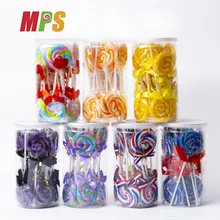

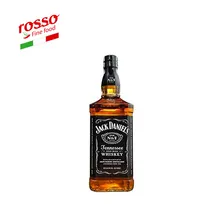
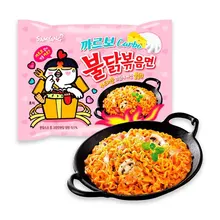






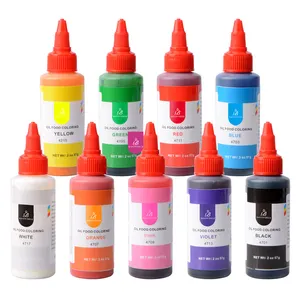


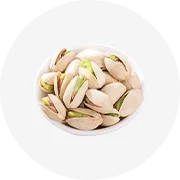



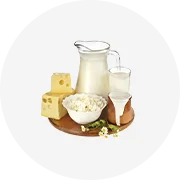
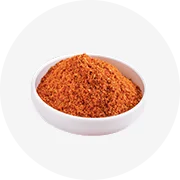
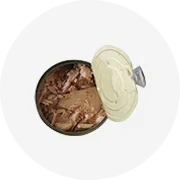
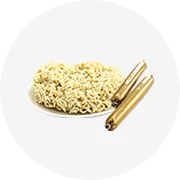

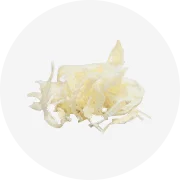
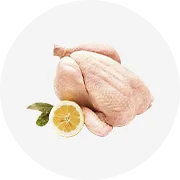


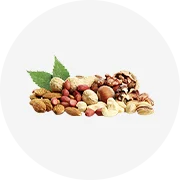









 浙公网安备 33010002000092号
浙公网安备 33010002000092号 浙B2-20120091-4
浙B2-20120091-4